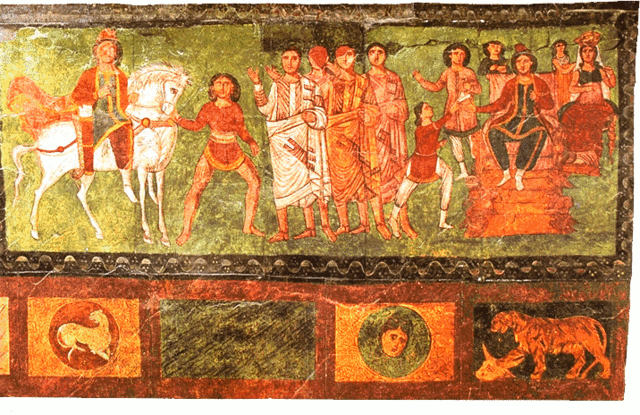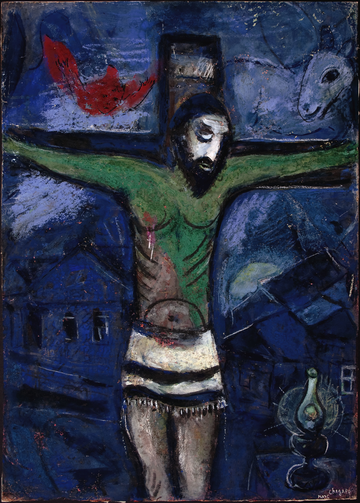Early Jewish Art
The Second Commandment and Its Interpretations The Second Commandment, as noted in the Old Testament, warns all followers of the Hebrew god Yahweh, “Thou shalt not make unto thee any graven image.” As most Rabbinical authorities interpreted this commandment as the prohibition of visual art, Jewish artists were relatively rare until they lived in assimilated European communities beginning in the late eighteenth century. Although no single biblical passage contains a complete definition of idolatry , the subject is addressed in numerous passages, so that idolatry may be summarized as the worship of idols or images; the worship of polytheistic gods by use of idols or images; the worship of trees, rocks, animals, astronomical bodies, or another human being; and the use of idols in the worship of God. In Judaism, God chooses to reveal his identity, not as an idol or image, but by his words, by his actions in history, and by his working in and through humankind. By the time the Talmud was written, the acceptance or rejection of idolatry was a litmus test for Jewish identity. An entire tractate, the Avodah Zarah (strange worship) details practical guidelines for interacting with surrounding peoples so as to avoid practicing or even indirectly supporting such worship.




